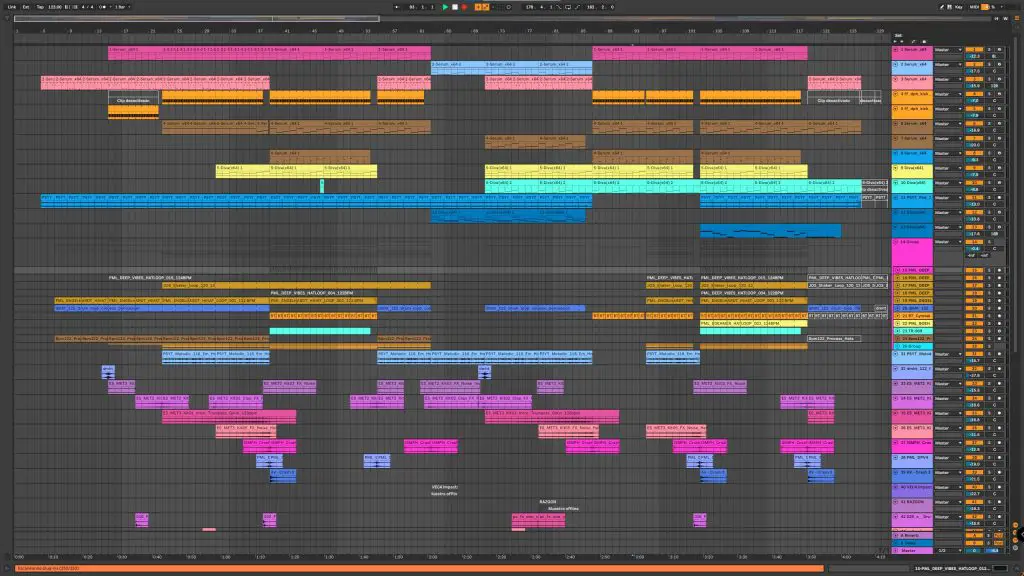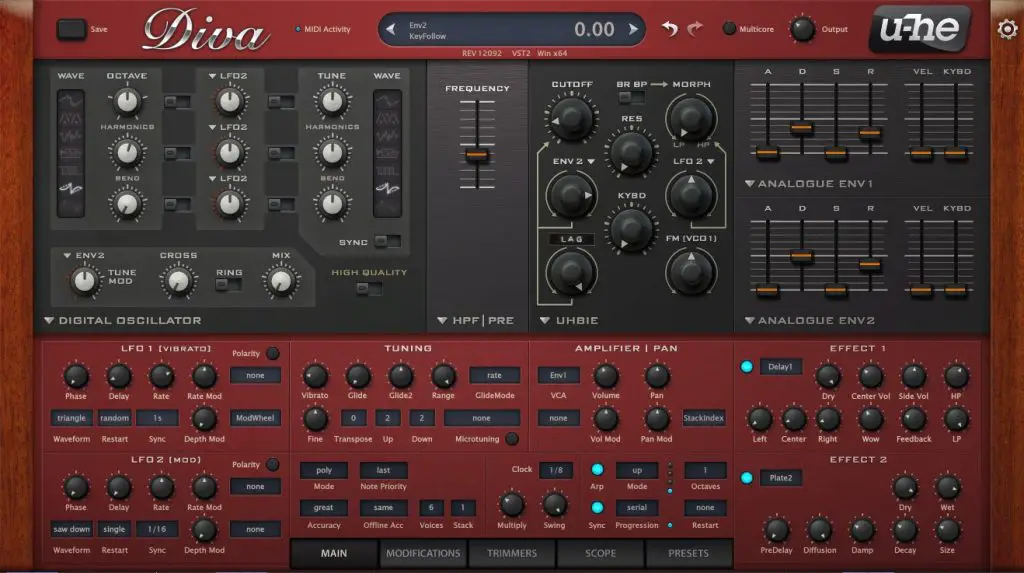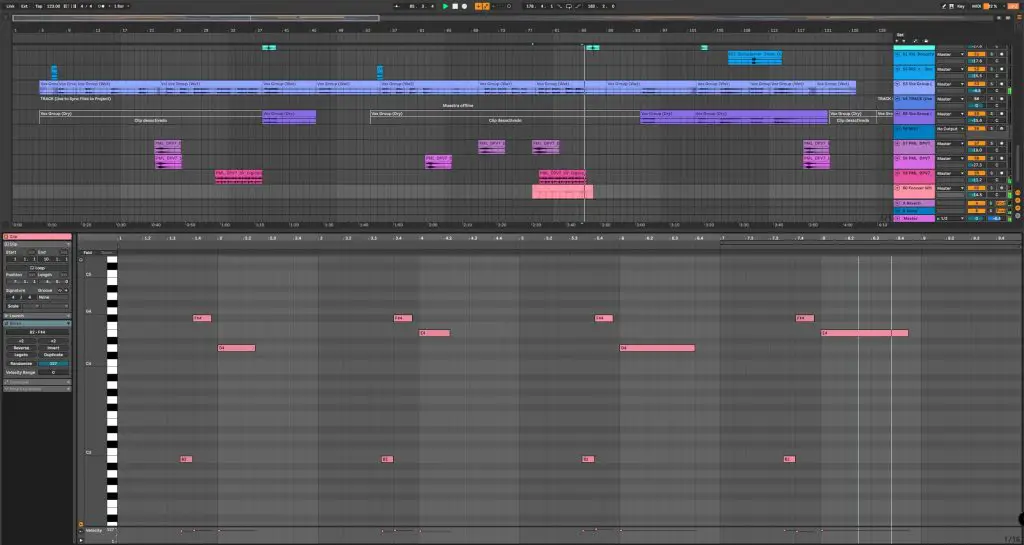Table of Contents
Artists like Lane 8 and Nora En Pure have revolutionized the melodic house genre, and it seems as if every single producer these days is making arpeggiator leads and sustained bass lines. With so many people following the same formula, it can be harder than ever to stand out and be truly unique.
Deviu is an artist who is doing the genre right, and some of the biggest artists in the industry are starting to take notice. His latest track, “Who We Are,” which was made alongside Jordan Arts, was recently signed to none other than Nora En Pure’s Purified Records. With an upcoming remix on David Hohme’s Where The Heart is Records as well, his trajectory is showing nothing but good things for months to come.
We had the opportunity to pick his brain about how he made the track, some of his favorite plugins, and some quick-fire tips to make meldoic house music that stands out from the crowd and gets noticed by some of the best artists in the niche. So give, listen to the track below to acclimate your ears to the sauce he’s about to share and then dive into the latest iteration of How It Was Made: Deviu & Jordan Arts – Who We Are (Purified Records).

Diva

Most synth plugins used on this project are from U-he Diva or Xfer Serum. In this case, the main lead of the track was made with the first one. It’s a very well-known one in the scene for its “analog” sound emulation, and I find it really interesting that it has different types of oscillations, filters, and envelopes, which can be really useful for exploring different sonorities.
It’s important to mention I normally use various sound layers to get the sound I want. The main one I used for ‘Who We Are’ is a preset from Production Music Live, but I edited the sound a bit to make it fit with the rest of the layers, it has some basic filter automatization on its filter, but I also used an Ableton Live’s built-in Auto Filter to be able to play with both sonorities. EQ, compression, a bit of saturation, and sidechain are the external processes that make it shine on the mix.
As mentioned, this plugin has a very nice, warm sound. I find it useful to not only create your own sounds from scratch (which I do pretty frequently, too) but also to find a preset you like and then start messing around with the parameters. Changing the oscillator types and modulations can sometimes lead you to something unexpected. Play with the synth’s detune, for example. I find it very nice to have a more “real” sound.
Learn More About This Synth Here
Decapitator

A very important plugin on this project was Decapitator by Soundtoys. It’s a saturation plugin that works really well to give more “body” or presence to your sounds. It has various saturation types, which can shape the character of the synths, or drums you work with. I use the one included on the Soundtoys’s Effect Rack, which includes a lot of effects and some very creative ones.
On this track, the Decapitator process was very simple; I used it in a subtle way with just a bit of Drive to give the sound more presence on the mix. I included it on the main element of the track, Like the lead, the Moog bass, and the vocals.
I find the E setting works very well when you want to give more “air” or brightness to the sounds, but in a different way as with an EQ. The harmonic saturation was its own character with the sound.
Learn More About This Synth Here
Fabfilter Pro Q3

I always use Fabfilter Pro Q3 as my go to EQ. The way you can shape the sound and frequencies with this one is amazing, it also incorporates a Dynamic EQ function, mid-side options, and sidechain features, which makes it even more versatile for any use you may need, from filtering, cleaning resonances or adding gain to some specific areas of the sound, you can do everything with it in a straightforward workflow and also it’s very visual too. And, of course, the sound of it is top-notch for me.
I used this one on most of the channels to clean their frequency range, shape each channel’s sound, and make them work together on the mix. I always use it when I need to work on the details of the sound before adding extra processing like FX and more.
There are many great EQs, even the DAW built-in ones. However, I find this useful because of its very clean sound character. A mix between this one for the sound shape and an analog emulation EQ one to finalize the sonic character can have a very nice result with a clean and warm sound.
Quick Tips For Making Melodic House Music
Tip #1:
Layers are very important, and mixing different sound types is very useful to get the “bigger” or “richer” sounds.
Tip #2:
The playfulness of various melodies and arpeggios is always nice, as it gives more dynamics to your track and keeps different sections of the song.
Tip #3:
Use arpeggiator midi devices to play melodies on your keyboard. Combined with some Delay and Reverb FX, this is very useful for creating catchy melodies with just a few simple notes.

Tip #4:
If you are working on a vocal track, try removing some extra elements when the vocal is present. This can really make a difference in the mixing section, keeping the lyrics cleaner and clearer. It would also help to have an established song idea.
Tip #5:
When you have a song structure, always leave something new in section B of your track.
This will keep the surprise sense and make it more interesting instead of having the same idea repeating over and over.
The post How It Was Made: Deviu & Jordan Arts – Who We Are (Purified Records) appeared first on Magnetic Magazine.



